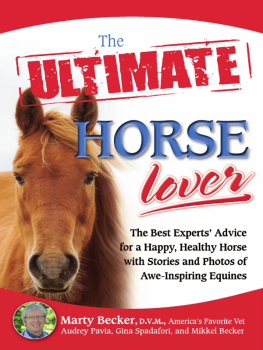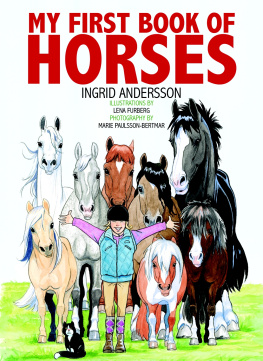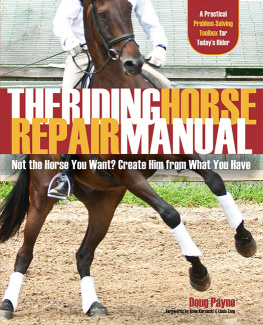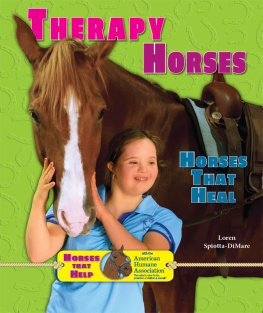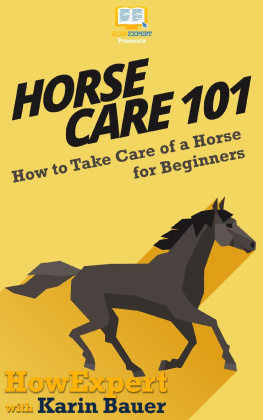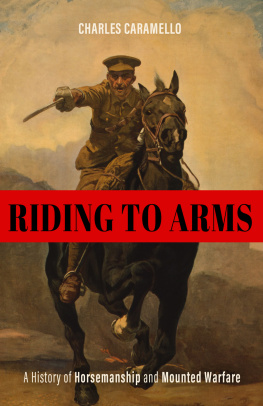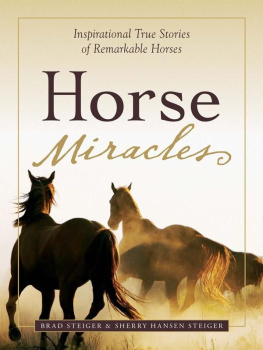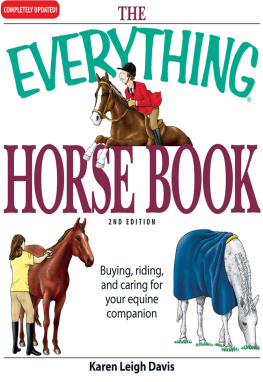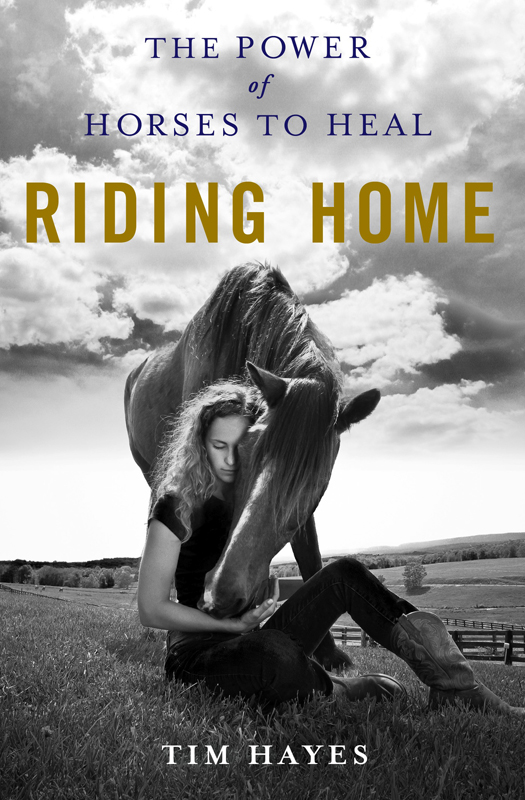Contents
Guide

The author and publisher have provided this e-book to you for your personal use only. You may not make this e-book publicly available in any way. Copyright infringement is against the law. If you believe the copy of this e-book you are reading infringes on the authors copyright, please notify the publisher at: us.macmillanusa.com/piracy.
For Mom and Dad
Thank you.
I love and miss you both.
Horses have been a part of my life for as long as I can remember. My first time on a real horse was when I was five or six. Granted, it was only in the pony-ride ring, but it was instant love. This bighearted animal moving me along like it was the most natural thing in the world.
But thats the thing about horses. They connect in ways that often words cant capture but hearts can. Its powerfully emotional for both human and horse. In Riding Home , Tim Hayes brings this forth with the force of a great storyteller blessed with passion for his subjects, horse and human.
Through my early teens, my relationship to horses was always on horseback, and along with my friends during those days, riding had a decidedly show-off, wild quality to it. It wasnt until I found myself in Estes Park, Colorado, at fifteen, where I spent days grooming and caring for horses to earn my keep, that I developed a true connection that went far beyond riding horseback.
This simple emotional connection is at the heart of Tim Hayess stories, which is ironic, as most of the people he features are considered to have very complicated challenges. Ive always been drawn to the truth and simplicity inherent in nature. And thats why I believe Tim Hayes is really onto something here.
Therapy. Equine therapy. The power of naturehorsesand its connection to the human spirit are front and center at every turn of the page in this important book. And it is manifest in the experiences of everyone from autistic children and brave veteranscoming home with everything from PTSD to paralysis and the loss of limbsto prisoner inmates and troubled teens whove endured way too much in their young lives.
In most cases, nothing else had cracked the code of their suffering or their myriad challenges. And somehow, the majestic horse entered the picture, sometimes by chance, sometimes as a last resort, and suddenly there was hope for the first time in as long as anyone could remember. I think this is what drew me to my 1998 film, The Horse Whisperer , along with a portrayal of ranch life out West that was fast disappearing. At the heart of the story is a man and a horse and healing not only for the man but also for those around him.
Theres something meditative about communicating with horses, something instinctive where you eventually have to merge into one in order to move forward together. I think maybe that simple notion is why we are seeing such widespread success in the horses ability to break through where nothing else has worked, and were just left with a form of healing. Tim Hayes has made this his lifework, and the world is a better place for it.
Tim says that in his natural horsemanship classes, he brings students along by looking at the horse-human relationship from the horses point of view, and in so doing, makes the focus understanding and compassion rather than force and intimidation. As a society, we can learn much from the clear simplicity of this notion.
The lessons youll take away from this beautiful volume of healing and love between man and nature will stay with you for a long time. And who knows? Maybe it will open a door to healing for you or someone you love.
Robert Redford
For thousands of years, one animal has been unequaled in its contribution to human survival. It has been a source of food, a means of transportation, a provider of physical labor, and an instrument of war. This amazing creature is the horse. Throughout human history, people have loved, owned, and ridden horses. Horses fascinate us; they silently speak to our hearts.
That fascination also goes beyond riding. Millions of peoplehorse owners and nonhorse owners alikehave discovered the amazing abilities of horses to help us heal from disabling physical and mental conditions, such as cerebral palsy and muscular dystrophy, by participating in what is known as equine therapy.
In the last few years, something new, and quite extraordinary, has been discovered about the ability of horses to help humans. Men, women, and children afflicted with severe emotional damage are healing and making dramatic recoveries by receiving the simple love, understanding, and acceptance that comes from establishing a relationship with a horse.
In the following pages, what I hope to pass on is twofold. On an individual level, I will endeavor to explain why horses have this remarkable ability to heal and positively transform emotionally wounded men, women, and children. On a societal level, I wish to offer a call for increasing the awareness, support, and expansion of those equine programs that are now accomplishing the healing many institutional organizations that rely on traditional psychotherapy and pharmaceutical medication have often been unable to achieve.
Readers will also discover both how and why horses help people become better human beings and have better relationships, and show us the qualities we need to become more loving and compassionate. Horses connect us to the power of nature and of living in the moment. Something unimaginable and profound occurs when a human begins a meaningful, emotional, interactive relationship with a horse.
However, ones epiphanies do not come from riding on a horses back. Remarkable human psychic breakthroughs originate and are manifested with horses when a person creates a relationship on the ground. Not only are the results both transformational and lasting, but they occur with amazing speed.
In the Wild Horse Inmate Program (WHIP) at the Florence, Colorado, correctional facility, prisoners who have never before seen a live horse come face-to-face with a one-thousand-pound snorting, biting, and kicking wild animal. Under the direction of the U.S. Bureau of Land Management, prison inmates are taught to gentle wild horses and make them safe for public adoption.
But what began as an attempt to manage the free-roaming American mustang by utilizing cheap prison labor became something no one could have ever imagined. Gentling the horses caused the WHIP prisoners to unwittingly experience profound emotional transformations. Even more surprising, when WHIP inmates were released back into society, their recidivism rate, compared with that of prisoners from the general population, was drastically lower.
State-of-the-art equine recovery programs are also found in therapeutic schools and adolescent wilderness retreats. For some of todays young men and women, often referred to as either Youth at Risk or at-risk youths, horses are significantly helping to prevent troubled teenagers, high school dropouts, and children from divorced, alcoholic, or abusive families from turning to drugs, becoming pregnant, ending up in hopeless incarceration, or taking their own lives. Many a heartbreaking yet universal story becomes a testament and a further example of this remarkable capability of horses to heal and change human beings.
The natural ability of a horse to give unconditional acceptance to a troubled teen who is revealing his true self creates a feeling of self-worth extremely hard to obtain with traditional rehabilitation methods. Through simple yet meaningful interactions with horses, young adults gain profound insights into their own lives, attitudes, and relationships. With increasing frequency, the most successful therapy at many of these rehabilitation institutions is the horsemanship program.


